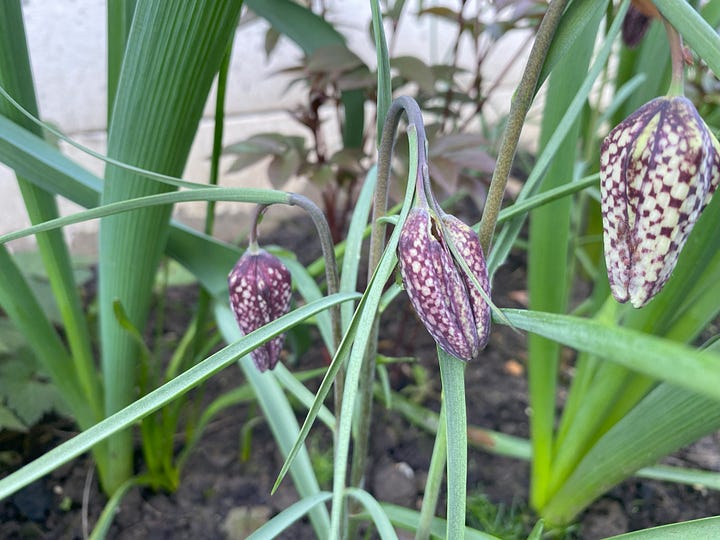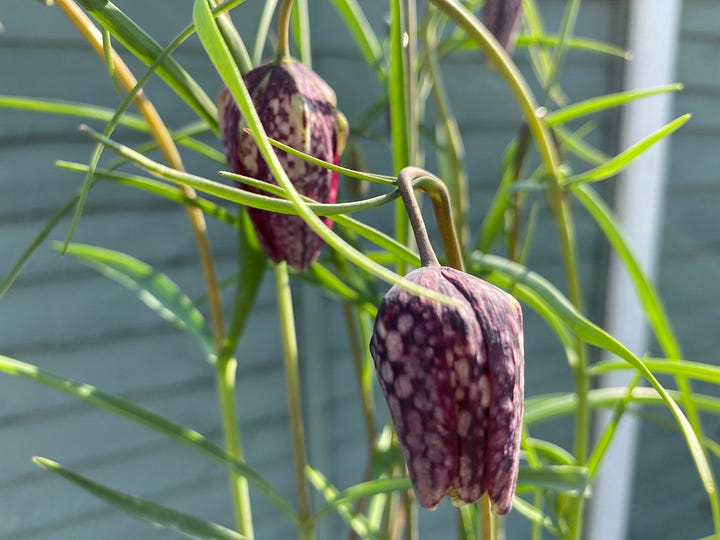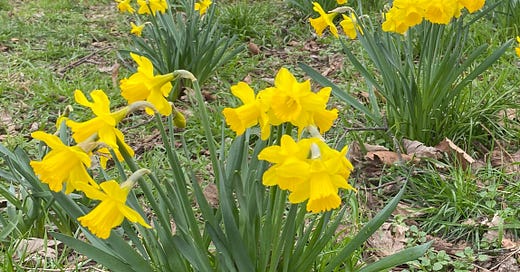Spring is fast approaching, and so is the much anticipated display of spring bulbs. Planted in September and October, they have patiently waited under ground during the winter, waiting for the days to get longer and warmer. Then when the right conditions occur, they burst up from the ground and produce wonderful flowers and scent for us to enjoy. It is actually my favourite time of year.
They come in such a range of plants, with different flowers and colours, that I’m sure you can find something suitable for your own garden. They are also incredibly easy to grow in your garden. Once planted they spread and produce new bulbs, slowly creating massive drifts of flowers that cover wide areas. You can plant them next to each other as well, creating a succession of colours as each plant flowers at slightly different times.
Basic Cultivation
Though there is a great many plants classed as spring bulbs, they generally have the same basic maintenance needs. The main thing to remember is making sure they gather enough energy during the summer to produce a flowers the following year. They do this after they have flowered, using their leaves to produce sugars that are then stored in the bulb.
To ensure this happens, deadhead the flowers before they produce seed. It takes a lot of energy to make seed, so you want to divert that energy into the bulb instead. You also need to wait until the foliage has gone brown and crispy before you cut it back. It may look messy, but the plant needs all that time. You may also have to dig up and spit apart large clumps of bulbs to ensure they don’t compete with each other over nutrients. If you do see plants producing no flowers, or as we say ‘coming up blind’, then give them a top up of liquid fertiliser during the end of spring so that they have enough nutrients in the soil.
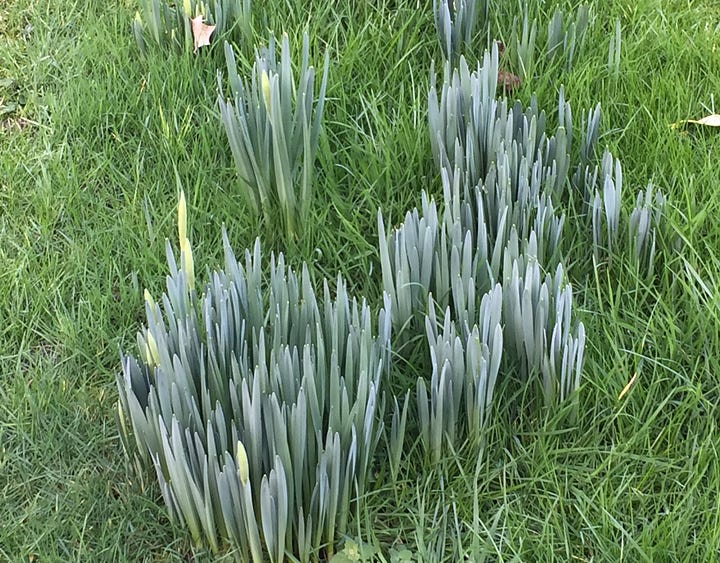
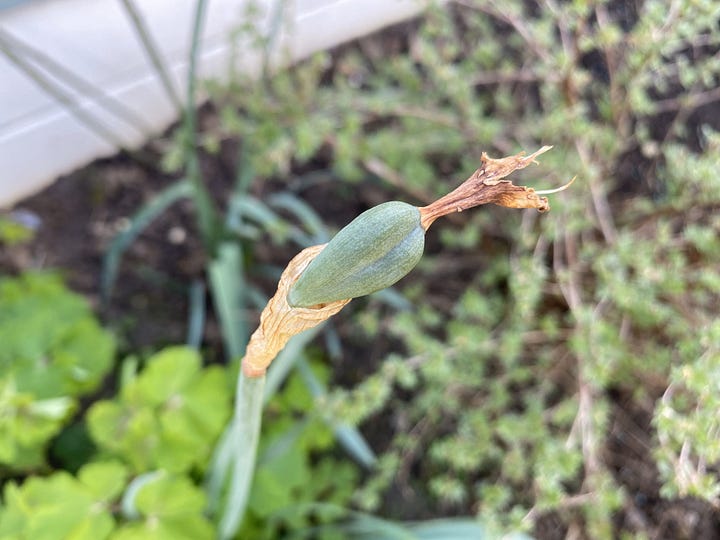
Here are my favourite spring bulbs that I like to grow:
Snowdrops (Galanthus)
These are the first spring bulbs to appear, typically starting to appear at the end of December and flowering in January or February. They come in a range of heights, but are generally not very tall. Snowdrop flowers are white in colour, with green markings inside, and droop down to to protect the delicate parts from the winter conditions. Try growing them in hanging basics, so you can appreciate the flowers from underneath. They don’t like dry and sandy soils, as well as full sun. They prefer to grow in partial shade under trees and shrubberies.
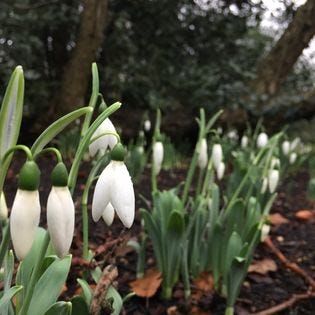
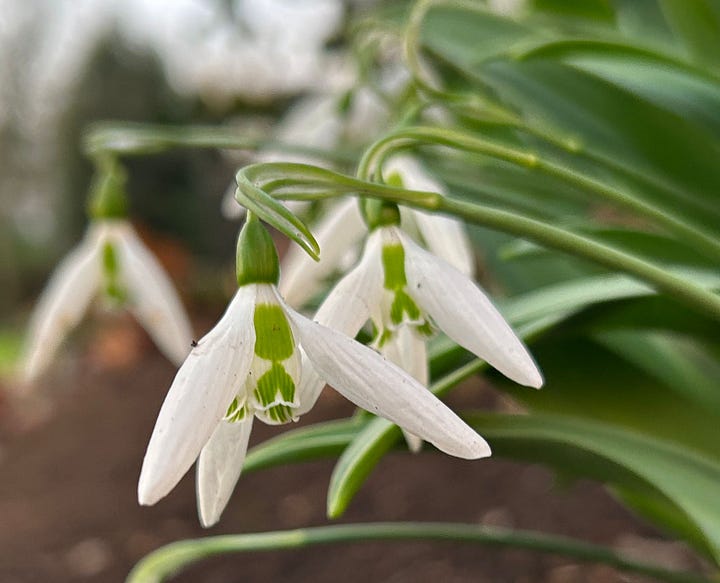
Crocus
One of the earliest spring bulbs to flower, this dwarf plant helps to create a splash of colour when everything else is still dormant. They produce bell shaped flowers in a range of colours between purple and yellow. They can work well planted on mass in lawns or individually in small pots and rockeries. They like well drained soil and sunny locations, especially important as the flowers can only open when it’s sunny and close at night.

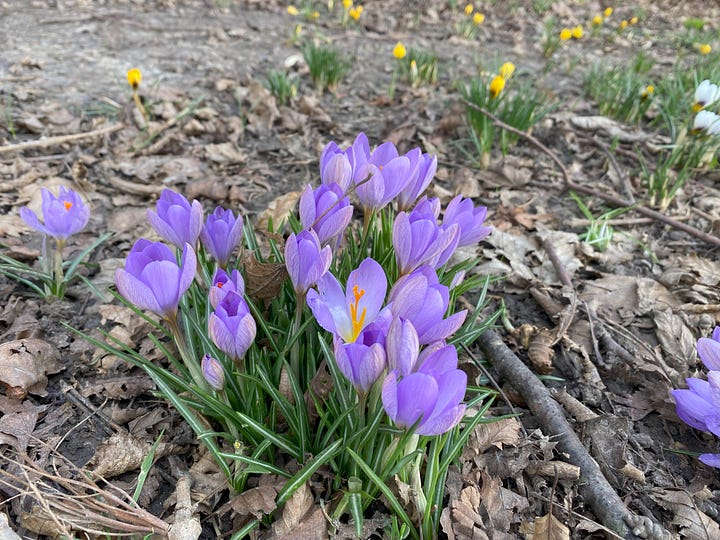
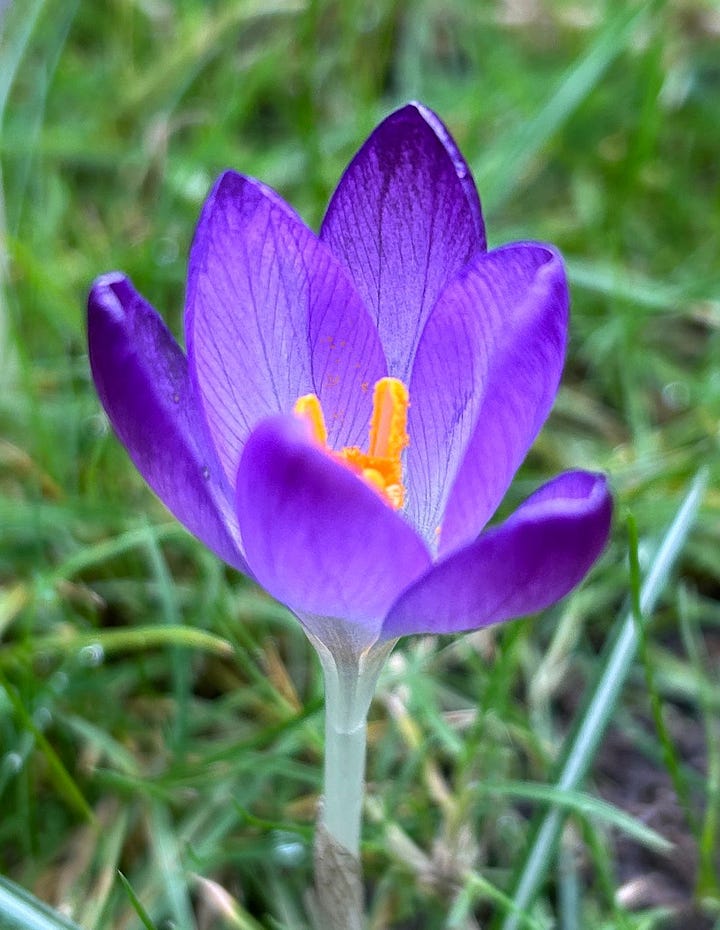
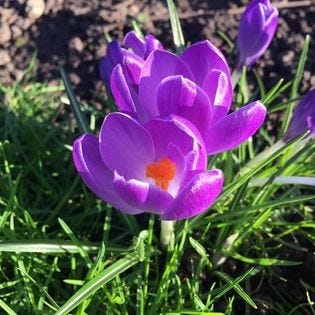
Daffodils (Narcissus)
This incredibly popular spring bulb can be found across the UK. It’s been highly cultivated, producing a huge number of varieties, each with a different characteristic. They can come in different heights, different shades of yellow and white, and with a different number of flowers on each stem. They all prefer well drained soil and tolerant a mixture of light levels. There will be a daffodil right for your garden.
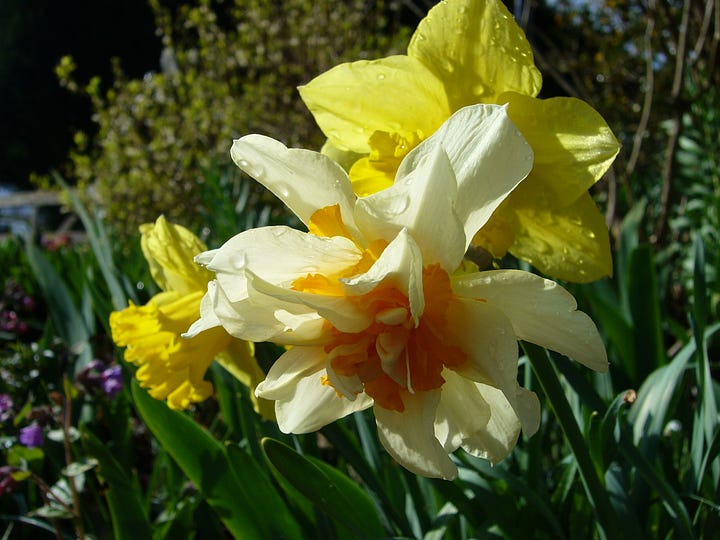
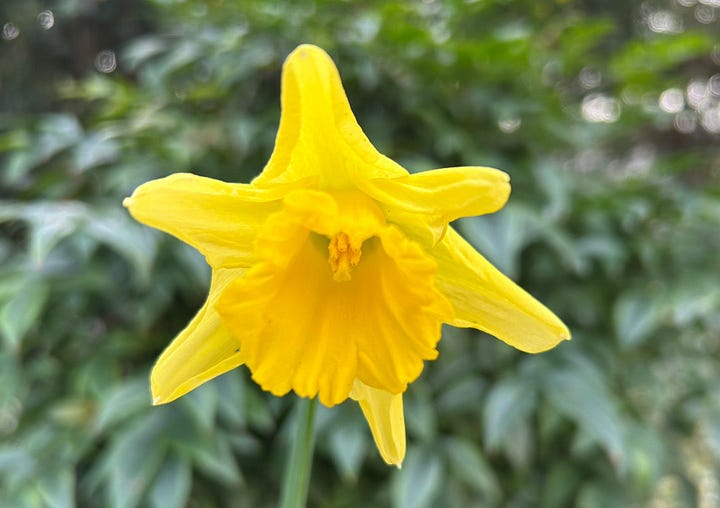
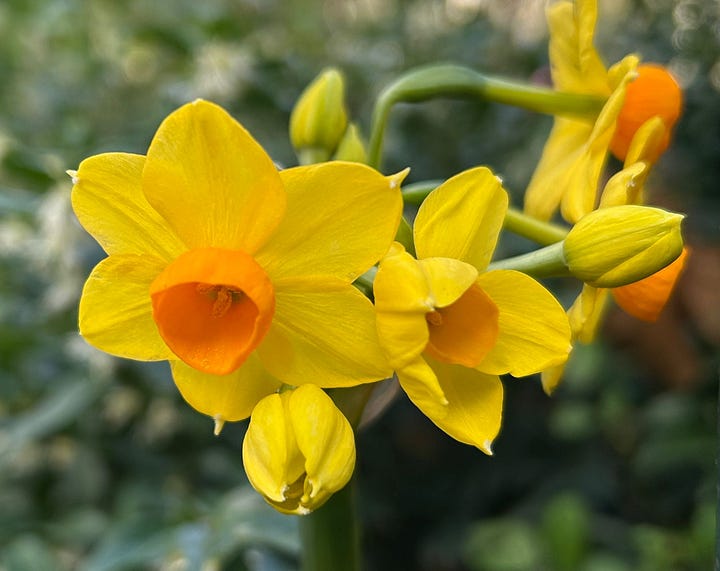
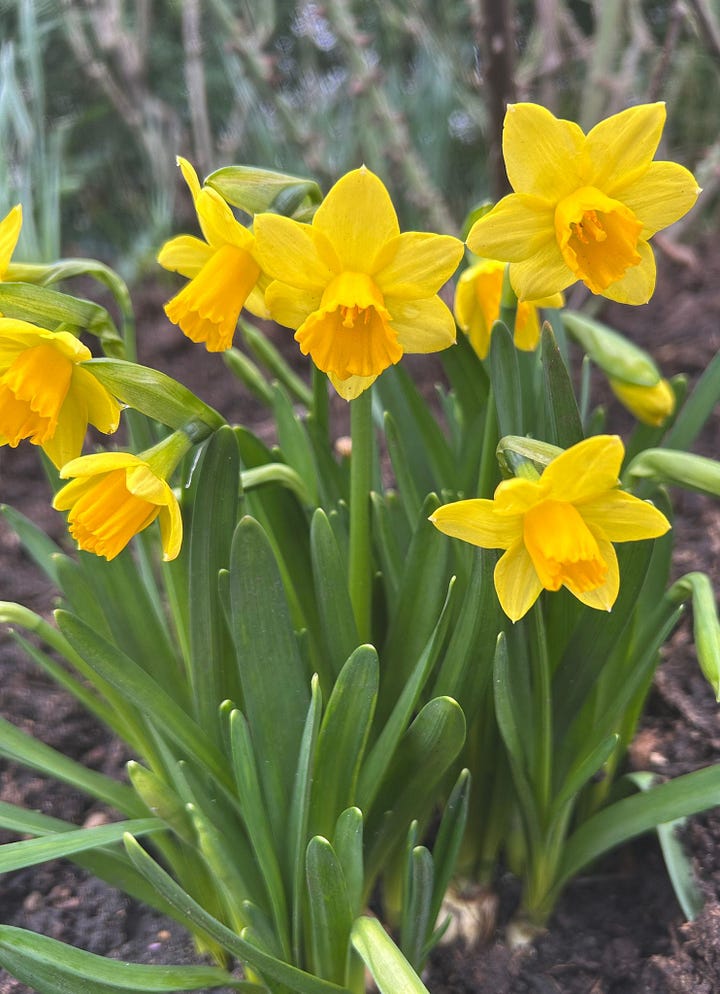
Iris reticulata
This small plant only produces small thin leaves, but then goes on to create a much larger and fragrant blue or purple flower with a bright yellow ridge. They like well drained soil, but can grow in full sun and partial shade.
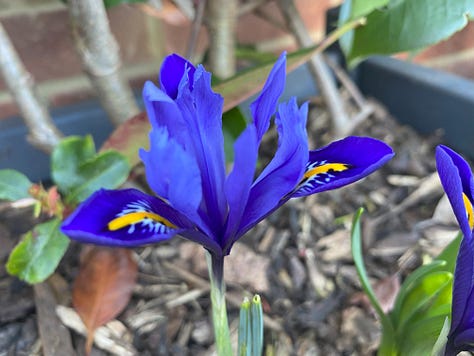
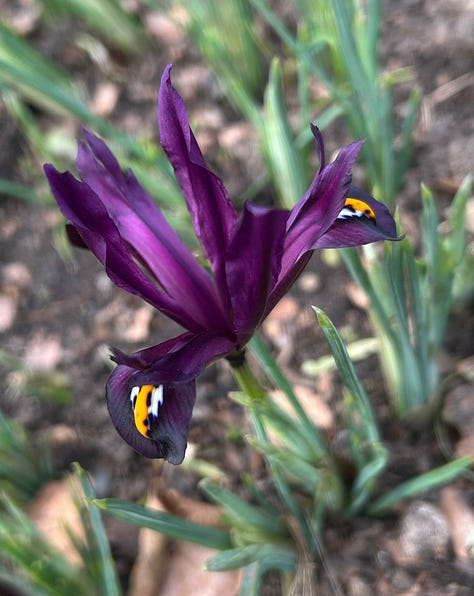
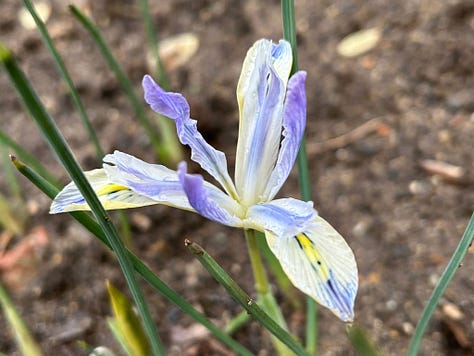
Hyacinth (Hyacinthus)
A hugely scented plant, in spring it produces flower spikes with clusters of tubular waxy flowers along it. They prefer rich well drained soil in full sun, and can also be grown easily indoors on a sunny window shelf.
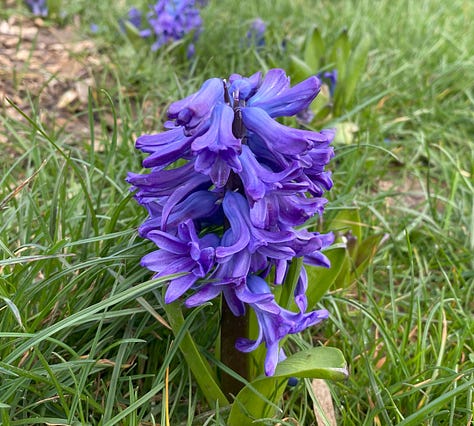
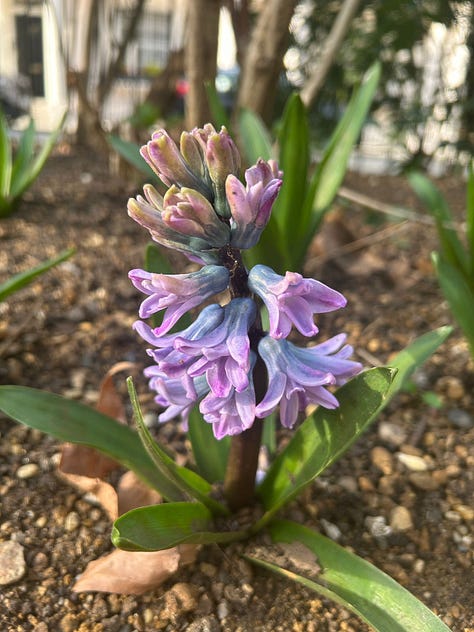
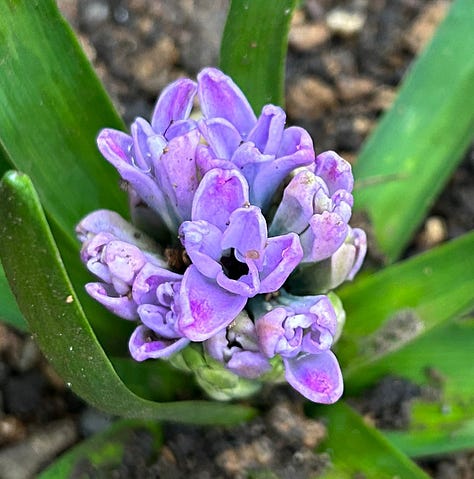
Tulips (Tulipa)
Internationally one of the most recognised spring bulb, this flower can be seen across the world and in every florist. It has been bred intensively for centuries, and now comes in a huge range of colours and flower shapes. They do rot easily in damp soils, so they are more suited to planters and raised beds.

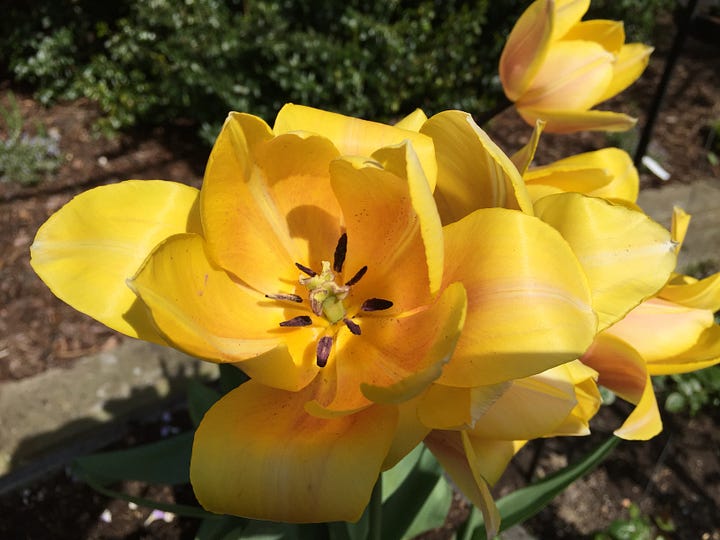
Snakehead Fritillary (Fritillaria meleagris)
These delicate plants produce tall and thin grey/green foliage and bell-like flowers with snakeskin patterns. They can be often missed in long grass, so it is best to plant them on mass in lawns or in raised beds. They like rich well drained soils, and like to be kept moist over the summer.
